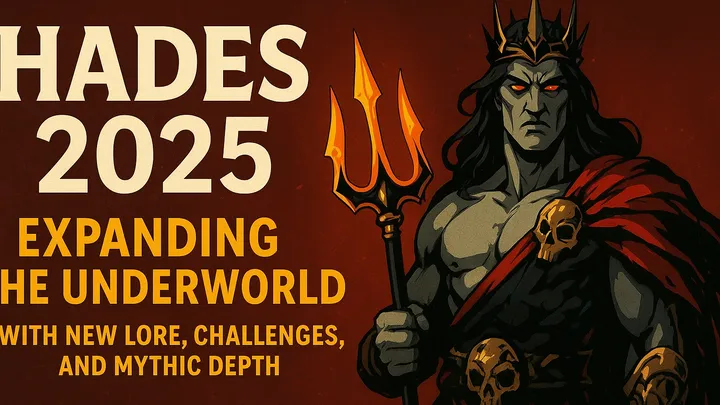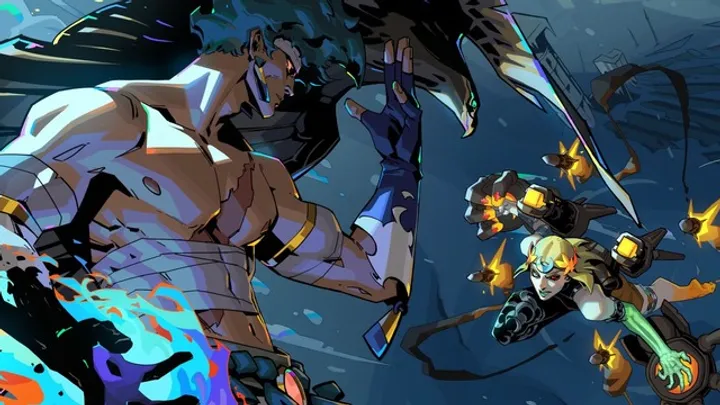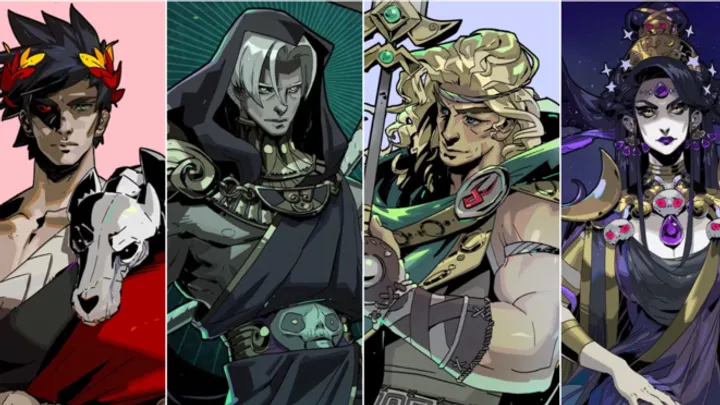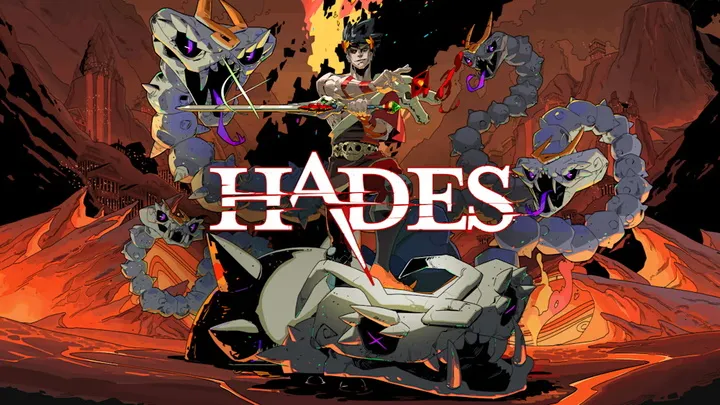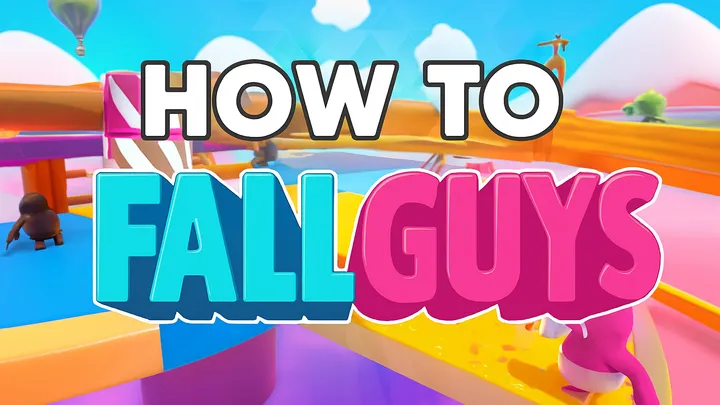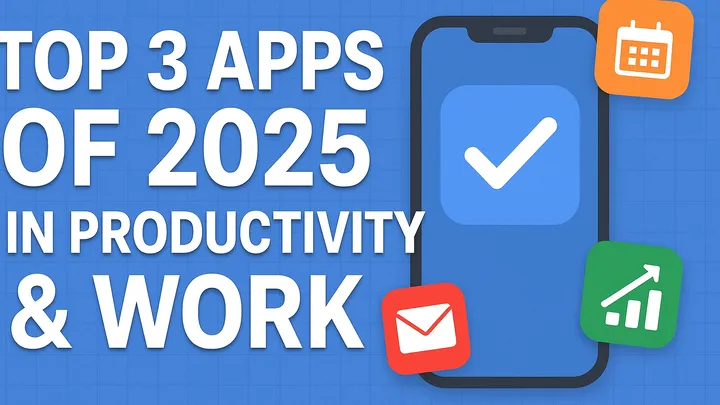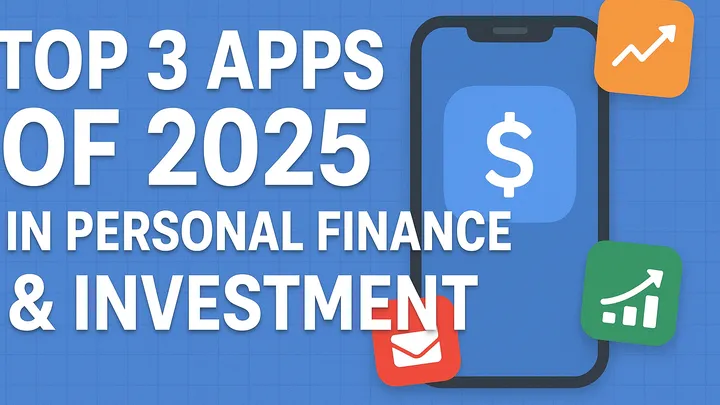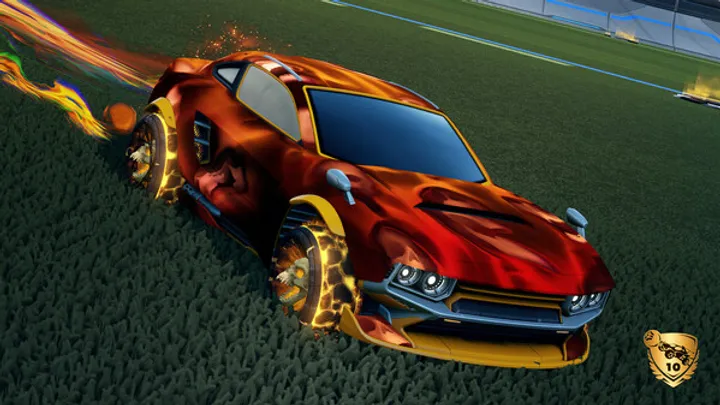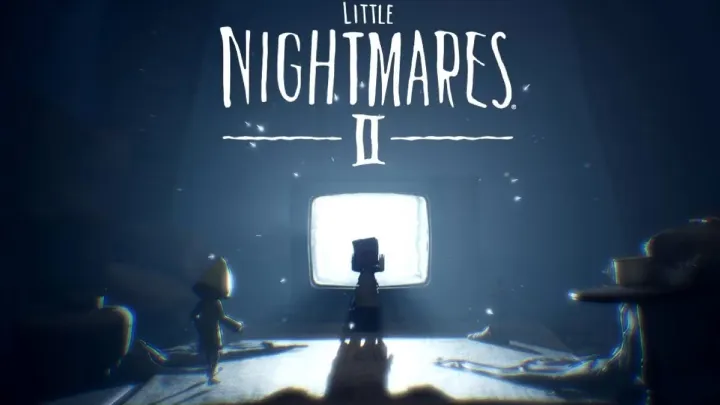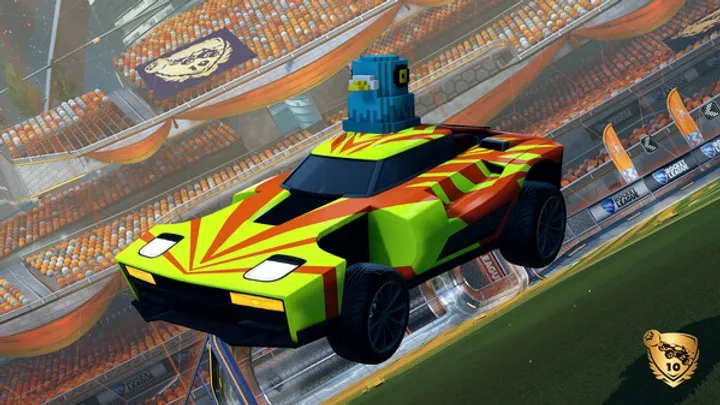Rocket League® is a game of precision, speed, and split-second decision-making. Whether you’re executing a ceiling shot or rotating back post, visibility is everything. Yet one issue continues to plague players across all skill levels: inconsistent arena lighting and visual clarity. While Rocket League’s stylized maps add aesthetic variety, they often compromise gameplay readability. This article explores the lighting problem in depth—how it affects ball tracking, car visibility, boost awareness, and competitive integrity. We’ll examine its evolution, technical roots, and community response, and propose solutions to restore clarity without sacrificing style.
1. The Shift from Neutral to Stylized Arenas
In Rocket League’s early days, arenas like DFH Stadium and Mannfield offered clean, neutral visuals. These maps were designed with gameplay clarity in mind—minimal distractions, consistent lighting, and high contrast between the ball, cars, and environment.
As the game evolved, Psyonix introduced stylized arenas like Salty Shores, Neon Fields, and Utopia Colosseum (Gilded). These maps featured dynamic lighting, animated backgrounds, and vibrant color palettes. While visually striking, they introduced visual noise that began to interfere with core gameplay mechanics.
Visual Additions That Complicate Gameplay
- Bloom and lens flares
- Animated crowd and background elements
- Time-of-day and weather effects
Developer Intent
The goal was to diversify the visual experience, but it inadvertently compromised competitive readability.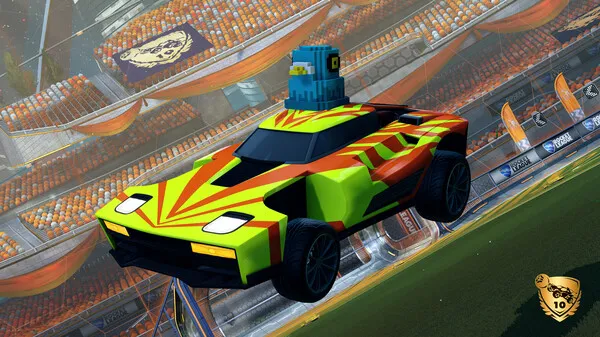
2. Ball Visibility and Tracking Challenges
Ball tracking is fundamental in Rocket League. Players rely on peripheral vision and quick glances to anticipate movement. In stylized arenas, excessive lighting and background clutter can cause the ball to blend into the environment, especially during aerial plays or wall bounces.
Salty Shores (Salty Fest) is a prime example. The bright sunlight and reflective surfaces reduce contrast, making it harder to track the ball mid-air. This is especially problematic for players using lower gamma settings or older monitors.
Gameplay Consequences
- Missed aerials due to poor ball visibility
- Delayed reactions in fast-paced exchanges
- Increased reliance on audio cues over visual tracking
3. Car Body Visibility and Decal Distortion
Recognizing car orientation and team colors is crucial for positioning and rotations. Certain lighting setups distort decals or make car outlines harder to distinguish. This affects not just aesthetics but gameplay awareness.
Decals like Hyper Color or RLCS variants appear washed out or overly reflective in some arenas. Players may misjudge an opponent’s direction or proximity, leading to poor challenges or missed rotations.
Common Visibility Challenges
- Washed-out decals under bright lighting
- Flickering textures on specific car bodies
- Difficulty distinguishing team colors in stylized maps
Technical Note
Some issues stem from shader interactions with dynamic lighting sources.
4. Boost Pad and HUD Obstruction
Boost management is a core mechanic. Players must constantly scan the field for boost pads and monitor their HUD. In visually noisy arenas, boost pads can be hard to spot, especially during high-speed rotations.
Additionally, HUD elements like the boost meter and scoreboard can clash with background lighting, making them harder to read. This affects decision-making and timing in competitive matches.
Visibility Interference
- Boost pads blending into terrain
- HUD elements obscured by bloom or background motion
- Reduced peripheral awareness during rotations
Suggested Fix
A toggle for high-contrast boost pad outlines could improve visibility.
5. Arena-Specific Lighting Inconsistencies
Not all Rocket League arenas are created equal. While some maintain consistent lighting and contrast, others vary drastically depending on time of day, weather effects, or seasonal themes.
Utopia Colosseum (Gilded) and Futura Garden have been flagged for lighting that negatively affects decal visibility and car outlines. This inconsistency creates an uneven playing field, especially in ranked or tournament settings.
Problematic Arenas
- Salty Shores (Salty Fest)
- Neon Fields
- Utopia Colosseum (Gilded)
- Futura Garden
Community Feedback
Many players request a standardized lighting model for competitive modes.
6. Competitive Integrity and Esports Implications
In esports, fairness and consistency are paramount. Visual clarity issues undermine competitive integrity by introducing variables unrelated to player skill. If one team struggles to see the ball or opponents due to lighting, the match outcome may be skewed.
Professional players have voiced concerns about arena selection in tournaments. Some organizers now restrict map pools to visually neutral arenas to ensure fairness.
Esports Considerations
- Standardized map pool for tournaments
- Player feedback influencing arena bans
- Visual clarity as a factor in match preparation
Pro Insight
Top players often practice only in neutral arenas to avoid visual distractions.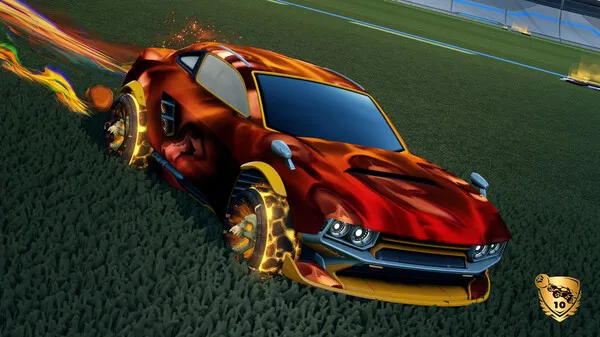
7. Accessibility and Player Experience
Visual clarity isn’t just a competitive issue—it’s an accessibility concern. Players with visual impairments or sensitivity to flashing lights may find certain arenas unplayable. Bright effects, flickering textures, and low contrast can trigger discomfort or reduce enjoyment.
Rocket League’s accessibility settings are limited in this regard. While some visual effects can be disabled, lighting and arena-specific issues remain hardcoded.
Accessibility Challenges
- Lack of customizable lighting settings
- No arena-specific visual filters
- Limited support for colorblind modes
Community Request
An accessibility overhaul could include lighting presets and contrast sliders.
8. Developer Response and Patch History
Psyonix has addressed some visual clarity issues in past patches. For example, flickering textures on the Dominus body and decal distortion in Utopia Colosseum were fixed in versions 2.54 and 2.55. However, broader lighting inconsistencies remain.
The Known Issues page lists several visual bugs, but not all are prioritized equally. Players continue to report problems with newer arenas, suggesting a need for more proactive visual testing before release.
Patch Highlights
- Fixed decal distortion on Dominus
- Addressed rendering issues in Utopia Colosseum
- Improved item shop notification visibility
Developer Note
Visual bugs are often lower priority than gameplay or server issues.
9. Community Workarounds and Feedback
Players have developed their own solutions to improve visual clarity. These include adjusting gamma settings, disabling post-processing, and using specific camera presets. Some even mod their game files (on PC) to reduce lighting effects.
While these workarounds help, they’re not ideal. Console players have fewer options, and modifying game files can lead to compatibility issues or bans.
Common Workarounds
- Lowering gamma and brightness
- Disabling bloom and motion blur
- Using high-contrast car designs
Warning
Modifying game files may violate Rocket League’s terms of service.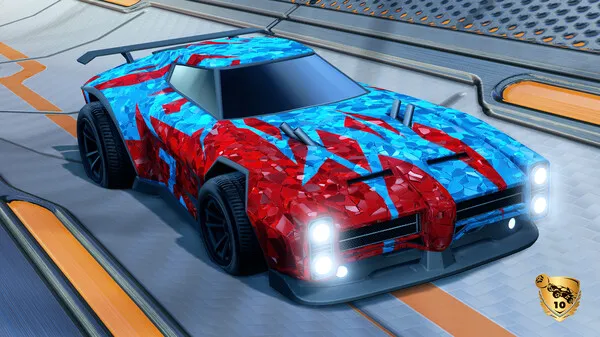
10. Future Recommendations and Design Philosophy
To resolve visual clarity issues, Rocket League could adopt a standardized lighting model for competitive modes. This would ensure consistent visibility across all matches, regardless of arena.
Additionally, offering customizable visual settings—like contrast sliders, decal brightness controls, and boost pad outlines—would empower players to tailor their experience. Balancing aesthetics with gameplay clarity should be a core design principle moving forward.
Recommended Features
- Competitive lighting preset toggle
- Arena-specific visual customization
- Expanded accessibility options
Final Thought
Visual clarity isn’t just a technical issue—it’s a gameplay cornerstone that deserves focused attention.
Conclusion Rocket League’s visual clarity problems—rooted in arena lighting, decal distortion, and environmental effects—pose a real challenge to both casual and competitive players. While the game continues to evolve, addressing these issues is essential for maintaining fairness, accessibility, and player satisfaction. By prioritizing clarity in future updates and offering more customization, Rocket League can preserve its competitive edge while embracing visual innovation








